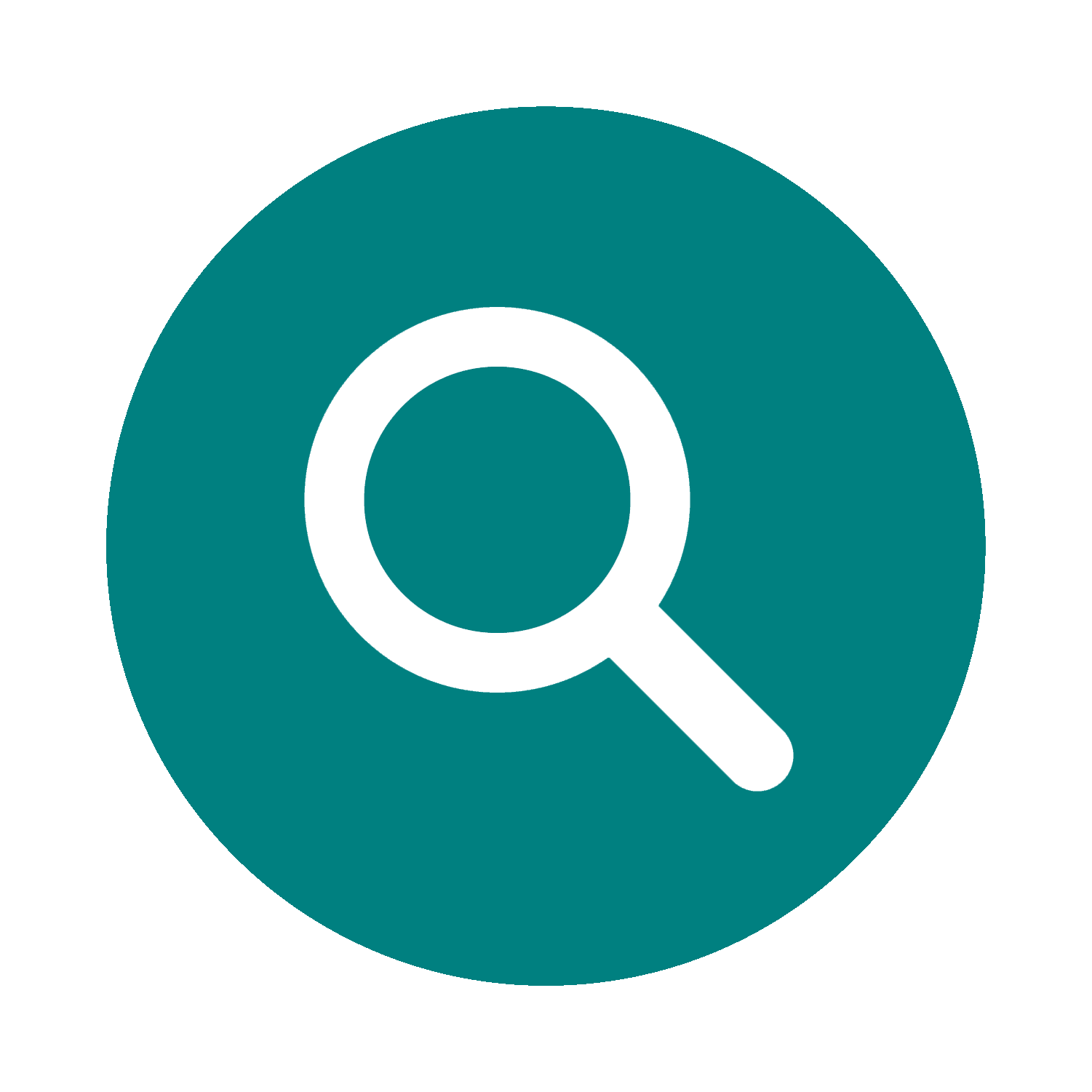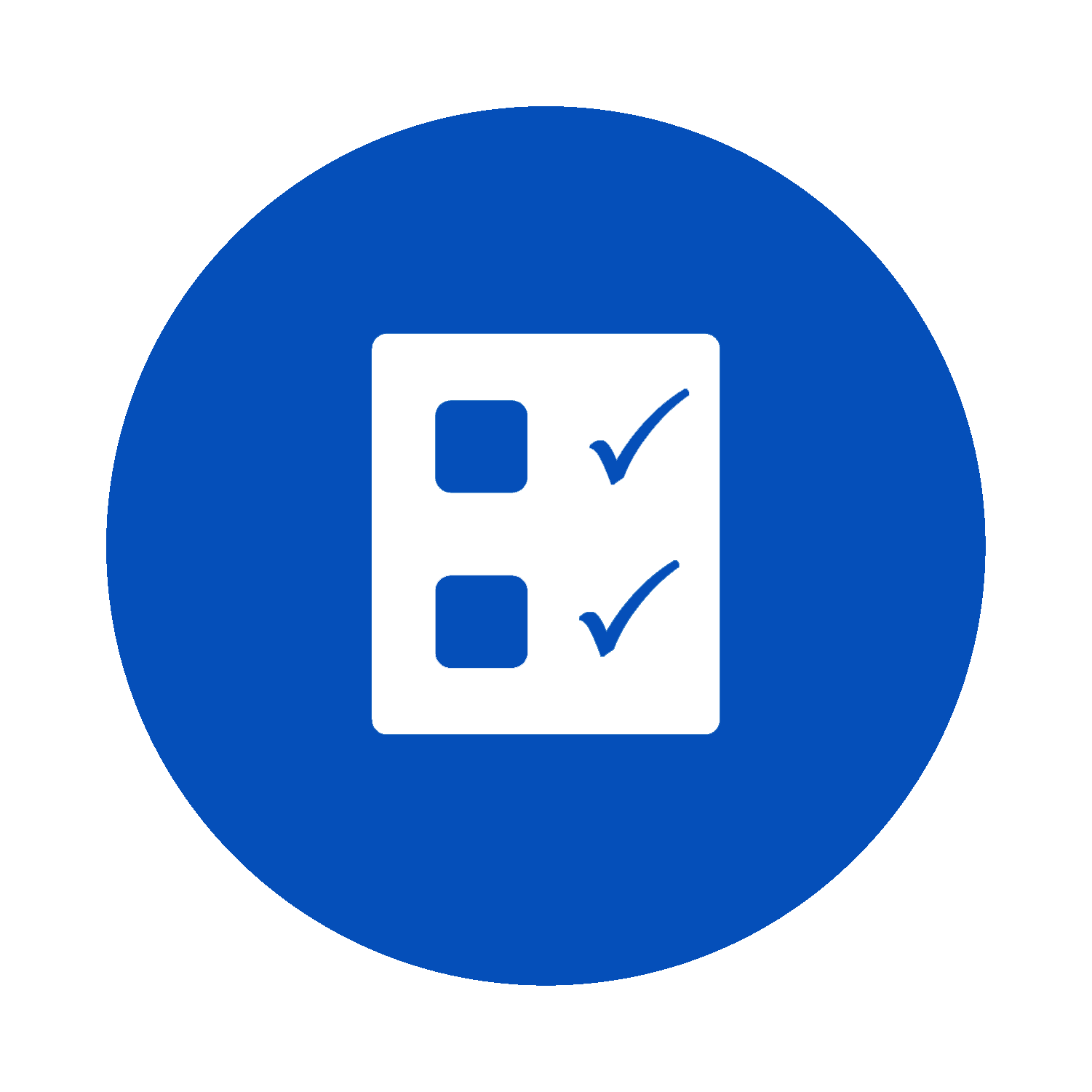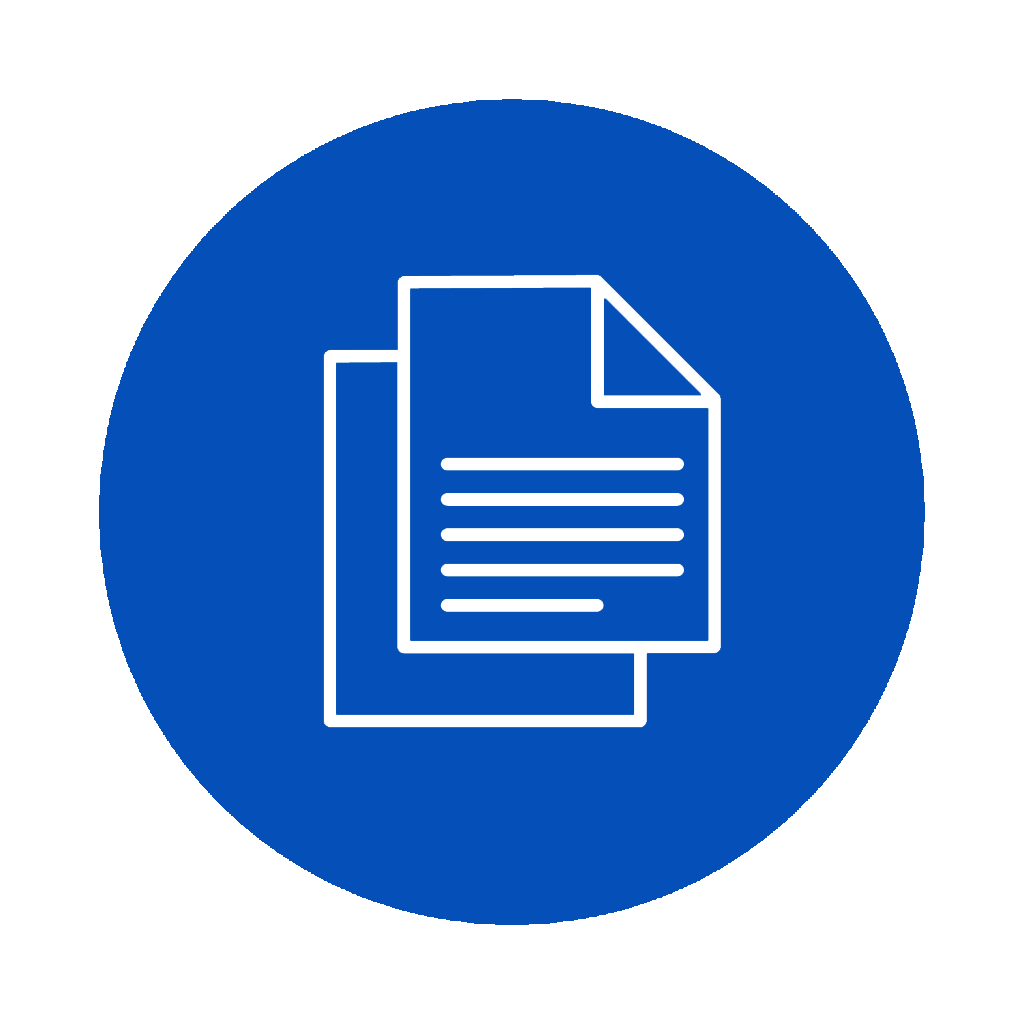Chapter 02: Professional Standards, IPPF, and Ethical Considerations
02.01. Overview of the International Standards for Professional Practices (IPPF)

Key Questions
![]() Briefly reflect on the following before we begin:
Briefly reflect on the following before we begin:
- What is the International Professional Practices Framework (IPPF), and why is it critical for internal auditing?
- How do the components of the IPPF guide the practice of internal auditing?
- In what ways has the IPPF evolved to meet the changing landscape of internal auditing?
- How does adherence to the IPPF impact the effectiveness of an internal audit function?
In internal auditing, adherence to professional standards is essential in ensuring consistency, credibility, and effectiveness in practice. This section offers an overview of the International Professional Practices Framework (IPPF), a comprehensive guide developed by the Institute of Internal Auditors (IIA) to uphold the highest standards of professional conduct and performance. The IPPF serves as a foundational resource for internal auditors worldwide, providing a framework encompassing principles, standards, and guidance applicable to all aspects of internal auditing. Through its components, including the definition of internal auditing, the Code of Ethics, the International Standards for the Professional Practice of Internal Auditing (Standards), and Practice Advisories, the IPPF outlines the principles and practices that an internal auditor should uphold.
As the profession evolves and faces new challenges, the IPPF continues to undergo updates and revisions, ensuring its relevance and applicability in a dynamic business environment. Internal auditors navigate the IPPF to guide their professional practice, leveraging its guidance to conduct effective, ethical audits that add value to organizations. Compliance with the IPPF strengthens the integrity of internal audit functions. The IPPF fosters trust and confidence among stakeholders in the profession’s ability to uphold rigorous standards of excellence, regardless of geographical boundaries.
 Internal Audit in Action
Internal Audit in Action
Background
LarinWare Inc., a fast-growing software company, recently expanded its operations into Europe and Asia. The internal audit team, based in North America, faced the challenge of aligning their auditing practices with international standards to meet the diverse regulatory environments of their new markets.
Adopting the IPPF
The Chief Audit Executive (CAE) initiated a comprehensive review of the International Professional Practices Framework (IPPF) to guide the team’s approach in these new territories. The IPPF, with its globally recognized standards, offered a framework for consistency across the company’s auditing practices, regardless of location.
Action Taken
The internal audit team embarked on training sessions focused on the components of the IPPF, emphasizing its role in guiding professional practice and its evolution to address the dynamic global business landscape. They closely examined the IPPF’s guidance on compliance and how it could be adapted across different cultures, ensuring that LarinWare Inc. audit functions remained robust and flexible.
Outcome
The adoption of the IPPF enabled LarinWare’s internal audit team to implement a standardized audit methodology across its global operations, facilitating better risk management and control practices. This not only streamlined their audit processes but also reinforced the credibility of their audit reports among international stakeholders.
Reflection
This scenario underscores the importance of the IPPF in providing a standardized yet adaptable framework for internal auditing on a global scale. LarinWare Inc.’s experience highlights how the IPPF is a critical tool for internal audit functions operating in diverse regulatory environments, ensuring consistency and professionalism in their practices.
The International Professional Practices Framework (IPPF)
The International Professional Practices Framework (IPPF) is vital for internal auditors because it sets global standards that are recognized worldwide. The IPPF was created by the Institute of Internal Auditors (IIA) and results from extensive research and international consensus that reflects best practices in internal auditing. The IPPF helps auditors navigate changes. It provides a structured approach to auditing. The framework is updated regularly to remain relevant and practical. The IPPF comprises principles, standards, and guidance. It is designed to be flexible, enabling internal auditors to apply it in various contexts. The framework emphasizes ethics and integrity and promotes excellence in auditing. It is a resource for auditors at all levels and supports continuous learning and improvement. Adopting the IPPF is crucial for audit functions as it signifies a commitment to quality. Compliance with the IPPF enhances audit credibility and builds stakeholder trust by fostering a shared understanding of audit principles.
The IPPF has evolved significantly since its inception, and its history reflects the changing landscape of internal auditing. The IPPF was first introduced to standardize internal audit practices globally. It started as a basic set of guidelines. Over time, it expanded to address new challenges and complexities, including technological changes, regulations, and business practices. In the past, updates to the IPPF have been driven by practitioner feedback and shifts in the business environment, which has enhanced the value and effectiveness of internal audits. Recent updates to the IPPF focus on agility, technology, and risk management to reflect the fast-paced, digital, and risk-oriented world we operate in. The updates ensure that auditors can address current and emerging issues effectively. The evolution of the IPPF also includes a greater emphasis on ethics and governance. This mirrors the global focus on corporate integrity and accountability and underscores the role of internal auditing in promoting ethical practices.
The IPPF consists of essential components that shape its framework, which include the following:
- Definition of Internal Auditing: This sets the foundation by clearly outlining the purpose, nature, and scope of internal auditing. It emphasizes the fact that internal auditors are independent, objective advisors who add value by improving an organization’s operations. We discussed the definition of internal auditing in the first section of Chapter 01.
- The IIA Code of Ethics: The IPPF includes a Code of Ethics that outlines the principles and expectations of ethical conduct for internal auditors. This code emphasizes integrity, objectivity, confidentiality, and competency. Internal auditors are expected to uphold these principles to maintain trust and credibility.
- International Standards for the Professional Practice of Internal Auditing (Standards):The Standards provide a definition of internal auditing and guide the conduct of internal auditing engagements. They cover various aspects of internal auditing, which include performing engagements, managing the internal audit activity, and evaluating the effectiveness of the internal audit activity. The Standards cover how audits should be performed. They address planning, conducting, and reporting on audit engagements. This includes assessing risks and controls. The Standards ensure audits are systematic, disciplined, and objective. They serve as benchmarks for audit quality. Auditors use them to measure their work against global best practices. This helps in identifying areas for improvement. Standards also foster consistency across audit functions, regardless of industry or location. Select type of standards and practice guides include the following:
- Attribute Standards: Attribute standards focus on the qualities of internal audit activities and the traits of the individuals performing internal audits. They address factors such as independence, objectivity, proficiency, due professional care, and Quality Assurance and Improvement Programs.
- Performance Standards: Performance standards provide criteria for executing internal auditing engagements. They define the nature of internal auditing and establish the criteria for planning, performing, reporting, and following up on internal audit work. These standards ensure consistency and effectiveness in the execution of internal audits.
- Implementation Guidance: The IPPF also includes implementation guidance to assist internal auditors in applying the Standards effectively. This guidance provides practical insights, examples, and tools to support the day-to-day activities of internal auditors.
- Supplemental Guidance: Supplemental guidance addresses specific topics or emerging issues relevant to internal auditing. It provides additional insights, best practices, and resources to help internal auditors enhance their skills and knowledge.
- Practice Guides: These detailed guides delve deeper into specific internal audit activities, like conducting risk assessments or auditing specific processes. They offer a step-by-step approach to ensure consistent and high-quality internal audit work.
- Role of the Chief Audit Executive (CAE): The IPPF emphasizes the importance of the CAE in leading the internal audit activity effectively. The CAE is crucial in setting the strategic direction, managing resources, fostering independence, and promoting continuous improvement within the internal audit function.
- Quality Assurance and Improvement Program (QAIP): The IPPF requires internal audit activities to establish a QAIP to assess the effectiveness and efficiency of their processes. A QAIP includes internal and external assessments, ongoing monitoring, and continuous improvement initiatives to ensure that internal audit activities meet the highest quality and performance standards.
- External Assessment: External assessment is a critical component of the QAIP, where an independent reviewer evaluates the internal audit activity’s conformance with the Standards and effectiveness in achieving its objectives. This assessment provides valuable feedback and insights for improvement.
Compliance with the IPPF: Implications for Internal Audit Functions
Compliance with the IPPF has significant implications for internal audit functions, shaping how audits are planned, executed, and reviewed. Here’s a breakdown of these implications:
- Compliance enhances the quality of audit work. It ensures audits are conducted according to global standards. This boosts the credibility and reliability of audit findings.
- Compliance strengthens stakeholder confidence. When stakeholders know audits are IPPF-compliant, they trust the internal audit function more. This trust is crucial for the audit’s impact and influence.
- Compliance facilitates consistent practices across locations and sectors. This is especially important for organizations operating globally. Compliance ensures a unified audit approach despite cultural and regulatory differences.
- Compliance with the IPPF supports professional development. Auditors learn to apply best practices in their work. This enhances their skills and knowledge. It prepares them for complex audit challenges.
- Complying with IPPF standards is often a prerequisite for successful quality assessments that evaluate the effectiveness of the audit function.
- Compliance indicates a commitment to continuous improvement.
- Compliance can mitigate legal and regulatory risks. In some jurisdictions, it’s a requirement to demonstrate adherence to recognized audit standards.
- Compliance requires resources like training, technology, and time. Audit functions must invest in these areas to meet IPPF standards. This investment pays off in improved audit quality and effectiveness.
The Global Reach of the IPPF: Adoption and Adaptation Across Cultures
The IPPF’s global reach is a testament to its universal applicability and relevance. Its adoption and adaptation across cultures underscore the framework’s flexibility. This adaptability ensures it serves internal audit functions worldwide, regardless of organizational or regional specifics. The adoption of the IPPF around the globe has become widespread. Organizations in different countries integrate the framework into their audit practices. This global acceptance highlights the IPPF’s comprehensiveness and applicability to various sectors and industries.
Cultural adaptation is critical to the IPPF’s success. While the Core Principles and standards remain consistent, their application can vary. This flexibility allows organizations to adjust practices to fit their cultural and regulatory environments. It ensures that the IPPF’s guidelines are practical and effective across different settings. The IPPF encourages a consistent approach to internal auditing. This is crucial for multinational organizations. It ensures audit practices align across borders. This consistency supports effective governance and risk management on a global scale.
Cross-cultural adaptation also involves the translation and localization of IPPF materials. The IIA works to make the framework accessible in multiple languages. This effort supports understanding and implementation in diverse cultural contexts. The adoption of the IPPF fosters international collaboration among auditors. It provides a common language and set of expectations. Auditors from different parts of the world can share insights and best practices. This global network enhances the profession’s collective knowledge and expertise. However, adaptation does not mean compromising on standards. The core values of integrity, objectivity, and professionalism remain paramount. The goal is to apply the IPPF in a way that respects cultural nuances while upholding high standards of audit practice.
 Key Takeaways
Key Takeaways
Let’s recap the concepts discussed in this section by reviewing these key takeaways:
- At the heart of the IPPF lies the Code of Ethics, which outlines the fundamental principles that govern the conduct of internal auditors. Integrity, objectivity, confidentiality, and competency are the guiding principles, ensuring auditors uphold the highest standards of professionalism and ethical behaviour.
- International Standards for the Professional Practice of Internal Auditing or the Standards form the backbone of the IPPF, guiding the conduct of internal audit engagements. They cover various aspects of the internal audit process, including planning, performing, reporting, and follow-up.
- Within the Standards, Attribute Standards focus on the qualities of internal audit activities and the individuals performing them. These standards emphasize the importance of independence, objectivity, proficiency, due professional care, and quality assurance.
- The IPPF includes implementation guidance to assist internal auditors in applying the Standards effectively. This guidance provides practical insights, examples, and tools to support an auditor’s day-to-day activities.
- Supplemental guidance addresses specific topics or emerging issues relevant to internal auditing. It provides additional insights, best practices, and resources to help auditors enhance their skills and knowledge.
- Lastly, the IPPF emphasizes the importance of the CAE in leading the internal audit function. CAEs play a critical role in setting the strategic direction, managing resources, and fostering a culture of professionalism and continuous improvement within the internal audit department.
 Knowledge Check
Knowledge Check
 Review Questions
Review Questions
- What are the components of the International Professional Practices Framework (IPPF)?
- Explain the role of the Standards within the IPPF in guiding professional practice for internal auditors.
- Discuss the implications of compliance with the IPPF for internal audit functions.
 Essay Question
Essay Question
Explain the importance of the IPPF’s Global Reach and its impact on adopting and adapting internal auditing practices across different cultures and regulatory environments. Provide examples of how the IPPF facilitates a unified approach to internal auditing while allowing for local customization.
 Mini Case Study
Mini Case Study
Imagine you are an internal auditor at a multinational corporation, LarinWare Inc., which specializes in software development and operates in the United States, Germany, and Japan. As part of the annual audit plan, you are tasked with evaluating the company’s compliance with the International Professional Practices Framework (IPPF) across its global operations. During your assessment, you encounter the following situations:
- In the U.S. office, you notice that the internal audit team has developed a sophisticated analytics tool to enhance audit efficiency and effectiveness, aligning with the IPPF’s emphasis on leveraging technology in auditing.
- The German office has recently undergone a merger with another tech company and needs help to integrate the two companies’ internal audit processes. You observe that there needs to be more clarity on how the IPPF’s standards should be applied in this transition period.
- In Japan, the internal audit function is highly regarded for its strict adherence to the IPPF’s Core Principles, particularly integrity and confidentiality. However, you find that their risk-based audit approach needs to be more dynamic to reflect rapidly changing technology risks.
Required: How should the United States, German, and Japanese offices address their respective situations to ensure full compliance with the IPPF and maintain high standards of internal audit practice across LarinWare Inc.?
A professional who evaluates and improves the effectiveness of risk management, control, and governance processes within an organization.
The systematic approach to managing risks through identification, assessment, prioritization, and implementation of strategies to minimize their impact.
Focus on the qualities of internal audit activities and individuals performing audits, ensuring professionalism and competence in internal auditing.
Criteria for executing internal auditing engagements, including planning, performing, and reporting, to ensure effectiveness and efficiency.
Practical insights and tools provided to help internal auditors apply the Standards effectively in their engagements.
Recommendations that address specific topics or emerging issues relevant to internal auditing, providing detailed guidance and best practices.
Detailed guides on conducting specific internal audit activities, providing methodologies, best practices, and examples to assist internal auditors.
The senior executive responsible for managing the internal audit function, ensuring its effectiveness and alignment with organizational objectives.
A program to assess the effectiveness and efficiency of internal audit activities, ensuring continuous improvement and adherence to standards.
An independent review evaluating the internal audit activity's conformance with the Standards, typically conducted by qualified external auditors.
Fundamental principles within the IPPF that include integrity, objectivity, confidentiality, and competency, guiding the professional conduct of internal auditors.

